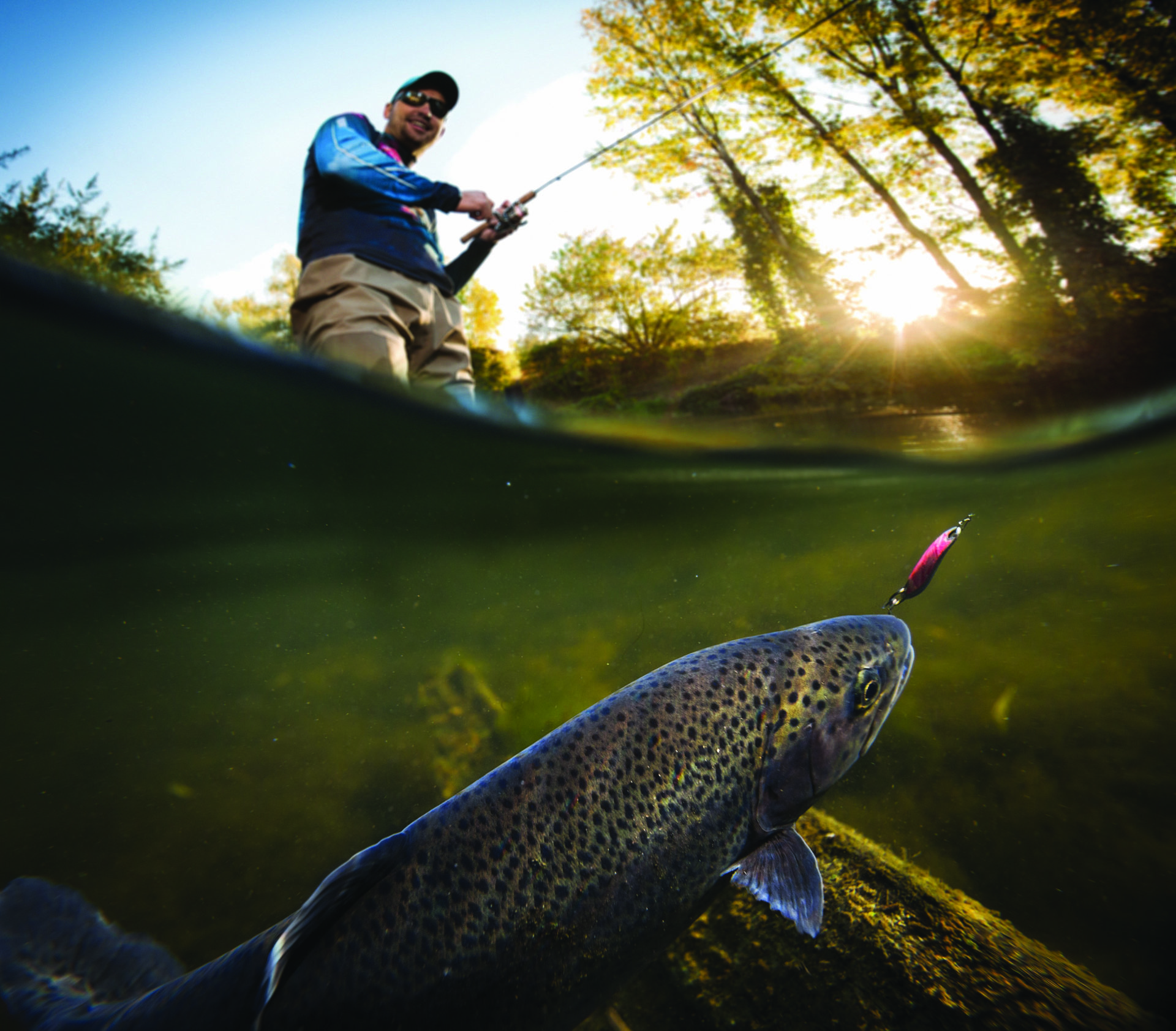There’s a well-known motto amongst anglers, “Match the hatch.” Let’s back things up a bit, so even the new anglers amongst us can jump right in. Simply put, matching the hatch is when an angler’s presentation (fly or even lure) is a close replica to the fish food that is present that hour, day or even week. The term has mostly applied to insects hatching on a lake or a river, with the angler matching their artificial fly to that hatching insect. The term has now been applied softly to lures matching baitfish and so on.
Advertisement
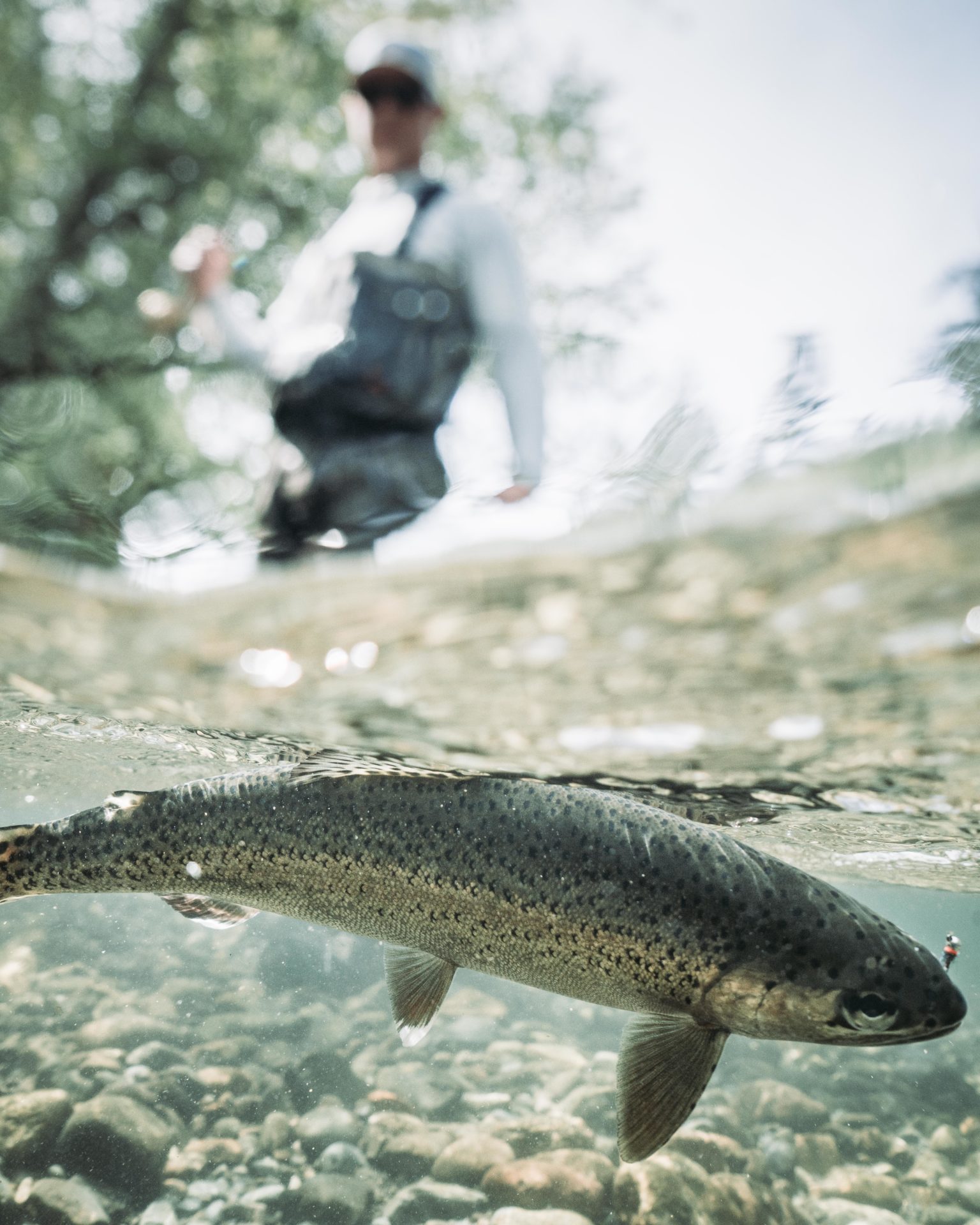
Matching the hatch can be absolutely lethal when trout (more specifically) are rising to emerging insects on a specific river or lake. Most strong hatches last under an hour, with peak moments being within a mere quarter of that. Caddis (sedge), mayflies, stoneflies and chironomids are just a few of the well-known hatches that can occur across this beautiful province we live in. Terrestrials, such as fly ants, can also make large movements that require accurate matching. In lakes, matching even non-hatching critters that day, such as dragonfly nymphs, damselfly nymphs, leeches and scuds (shrimp), can prove to be very effective. When emerging critters like damsels and dragons start to migrate onto the reeds and shorelines, matching their body length and colours can also apply to this slogan. To make an incredibly long story short, making sure that your fly or lure is very close to the size and colours of the natural food sources that you are trying to imitate is a great idea. To be quite honest, there are days when you will not even touch a fish when your imitations are too far off of the naturals. In my experience, being observant to hatching adults like mayflies and travelling sedge flies is important.
An often-heard argument is, “What’s more important, size or colour?” Well obviously both are best, but if I had to choose just one, it would be size. Here’s why: When fish are swimming quickly to the surface or sub-surface to grab an insect replica, I believe that they are triggered first by the correct size and shape of what they’re after. Colours can be slightly off and you will still catch with some success. If the colours are drastically off, then you are playing a very hopeful game and it could also fall under the “experimental” division of fishing.
Advertisement
I do believe, though, that water colour and conditions play a huge factor with all of this. For instance, a very clear creek or gin-clear lake in the shallows will pose the greatest demand for exact hatch matching. These environments hold the greatest challenges in concerns to spooky or picky fish, therefore having the match near identical is always a smart idea. As well, imitating the speed of movement or mimicking the emergence is key. Emerging chironomids in lakes is a massive topic of discussion in regard to hatch matching. Ironically, there are days in both clear and brackish waters when colours can out-fish sizes. Of course, depth of presentation plays into this discussion, as colours appear differently the deeper they go. As well, and to be noted, because so many chironomids may be hatching at multiple sizes and colours all at once, certain fish moods may dictate that something bigger may be better, or vice versa. I’ve seen days when small, dark-coloured chironomids were emerging, but large, bright green patterns were key. With all of this being said and noted, a stomach pump (throat pump), available at most of your preferred fly shops, is a great tool to have in your arsenal. Being able to examine what fish are eating over and above just what you are seeing on the surface or shorelines is advantageous.
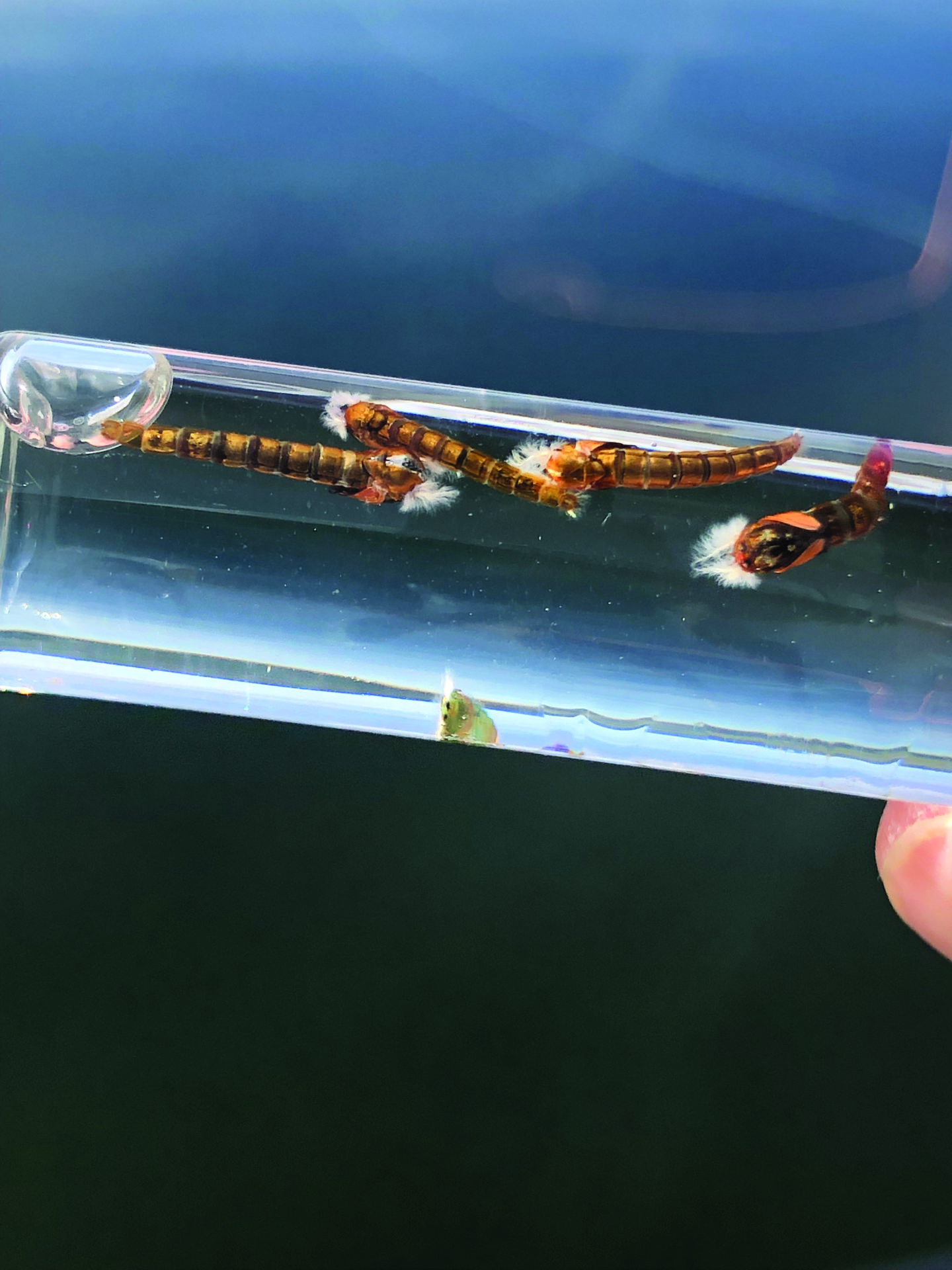
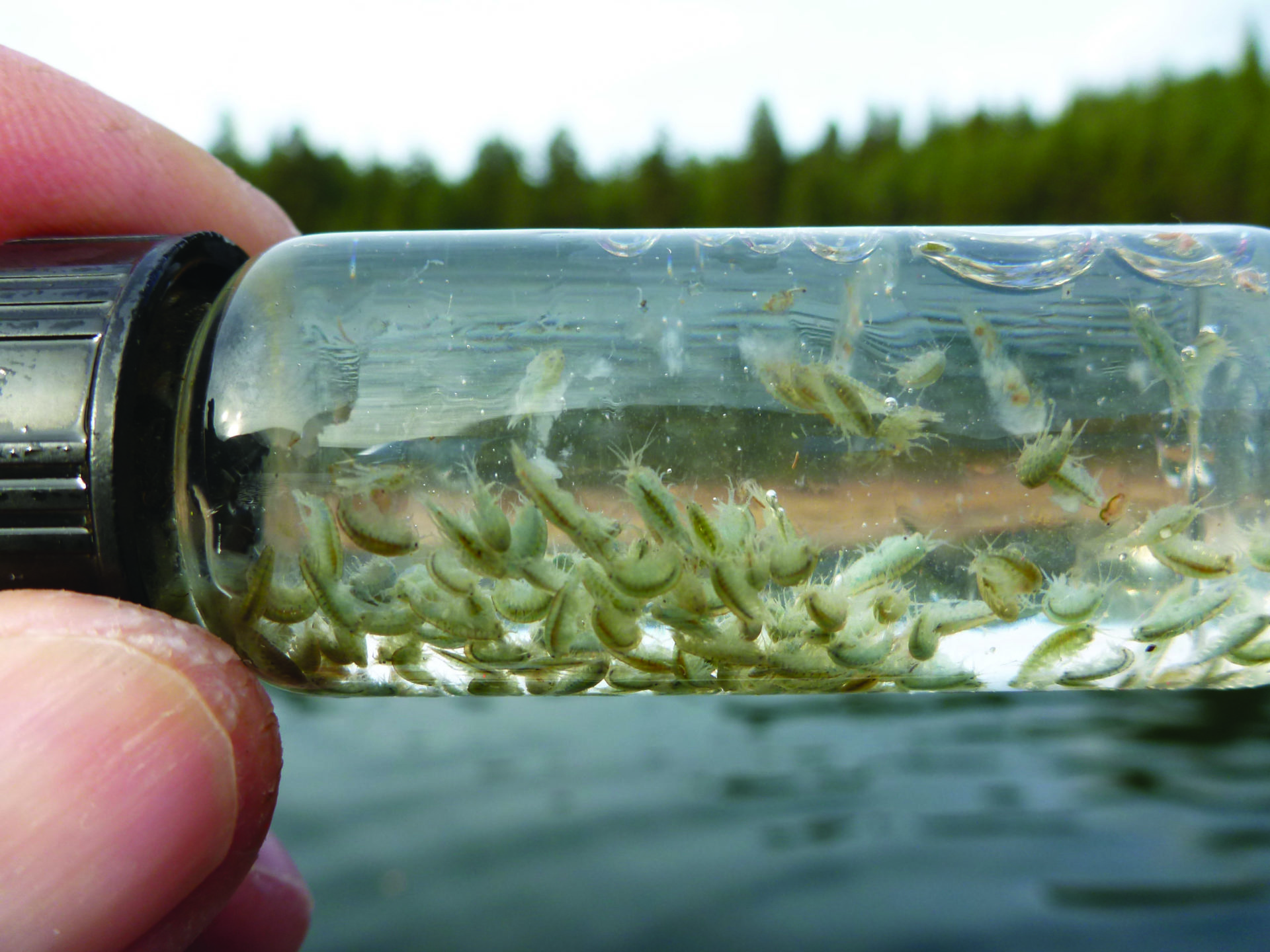
While matching the hatch is important, there are still days when things operate in reverse, and it can be frustrating or incredibly surprising and rewarding. Let’s dip into that discussion.
Advertisement
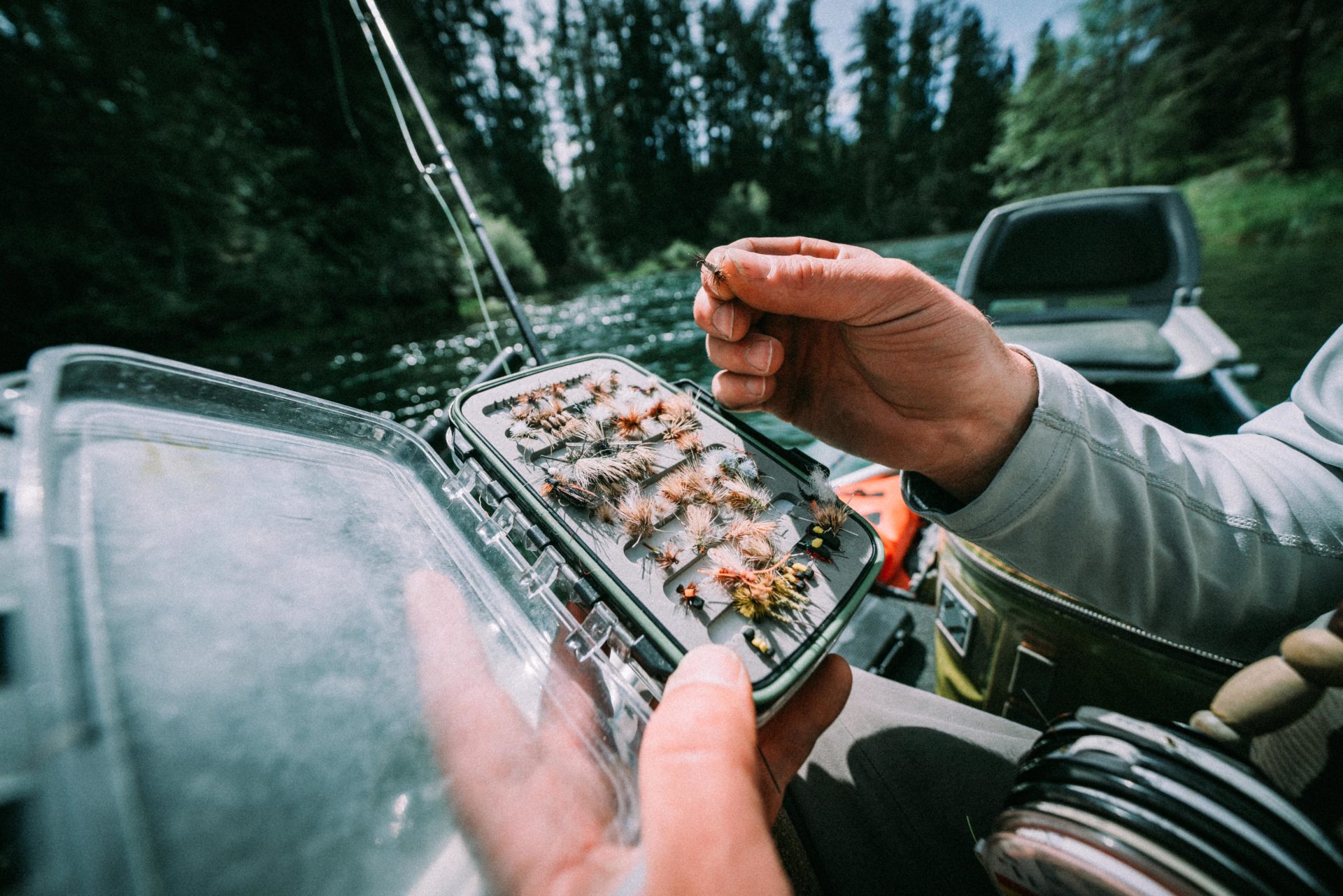
Matching the hatch sometimes can dry up during the end of the occurrence, or not even work at all. It’s not often, but it can and will happen to most anglers. Strange factors in fish brains and things that are going on in the fish world can dictate this, without any logical rhyme or reason. An example is an old stillwater theory that was circulating many years back. Some famous authors had noted how well large leech fly patterns worked at the tail end of incredibly large (quantity, not size) chironomids hatches. The truth was, and is, that the leech patterns worked, the theory (that is still just a theory) is that the fish were seeking out and targeting these leeches to stuff down all of the chironomid pupae they just digested. Like a cork? I will leave that one there for you to ponder about.
There’s also the chase reflex to consider. This is a reflex characteristic that most fish and wildlife exhibit. Predator instinct. It’s best described as a metaphor: like when you attempt to throw a ball for a dog – they are ready to chase things that are moving away from them. Kind of like, “Don’t run when you see a bear or a cougar.” In the fishing world, many anglers describe this phenomenon when fish are tailing a fly or lure and it starts to speed up near a boat or shore, and ultimately the take happens. Almost like the point of no return, or the commitment. I believe this also plays a factor out in open water and with fish holding in tail outs or deep river pools. A presentation that is unusually large or very life-like, with lots of movement, can trigger a chase or a strike. This could very well be a territorial move – as we all know, fish can’t punch so a bite may not just be an eating procedure. That’s probably why we now call them “strikes.” Big bead-headed woolly buggers, booby flies and largely decorated streamers are all prime examples of patterns that induce strikes, but they are miles and miles away from the hatch that is going on in concerns to appearance. Most of these presentations work best with fast retrieves, with sporadic pauses in between, brisk and/or experimental retrieves. It’s like adding in all the signals to annoy a fish, or just simply trigger a strike. When angling with these techniques, it’s always a great idea to bump up your tippet or leader strength somewhat. Big flies on big hooks will always break off easier anyways, so this is good common practice for most scenarios that call for larger patterns on slightly large gauge hooks. Breaking off a large fish is not good for either parties involved.
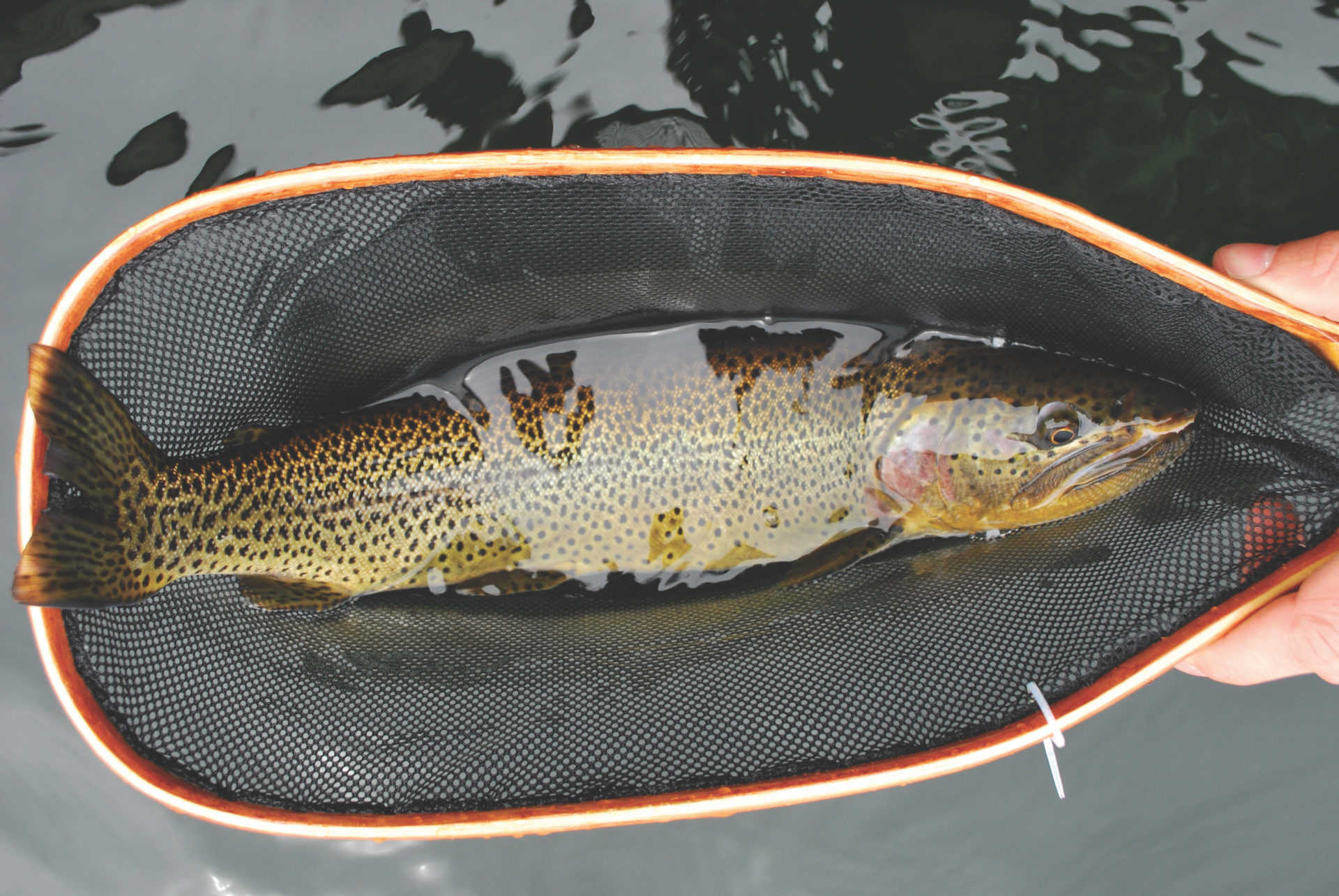
So when does matching the hatch or unmatched hatches prevail? Well the best thing to always be aware of, in my opinion, is your immediate and not-so-immediate surroundings. Many of us rush to the shoreline, in a fairly brisk manner, getting boats loaded or making casts and hitting open waters as quick as possible. I’ve always suggested taking some time to fish around the shorelines with your hands and an aquarium net first. Slowly turn over rocks and logs, spread apart some of the weeds. This is a form of hatch matching, matching resident insect life. Having a pretty good idea of what bugs look like that live there is going into the day with stronger knowledge and supports confidence. The same goes for when the surface is erupting. Collect “spent” samples, using a stomach pump, and retain those samples in a glass vial to refer back to throughout the day. We all know about this challenging scenario when our fly box is sitting on our lap, wide open, and we are gazing into it with no real idea of what to do next. Having the resident populations on hand helps pick out searching patterns, because searching is the best word to describe what we are doing when nothing seems to be working.
Lastly, something to always remember: When there is an enormous hatch or emergence, sometimes using exact replicas of what is hatching may be counterproductive, as the competition against the real insects is in the thousands-to-one ratio. Remember that our presentations have not only a hook point sticking out the end and artificial ingredients, but also a knot and some fishing line attached. So, there can be a time when it’s not worth competing and trying some unorthodox approaches. Fishing in the exact opposite direction of what is going on and using larger, heavily movement-based patterns and stripping them very quickly can also provide some very exciting results, and bone-jarring strikes. Because this is fishing.
